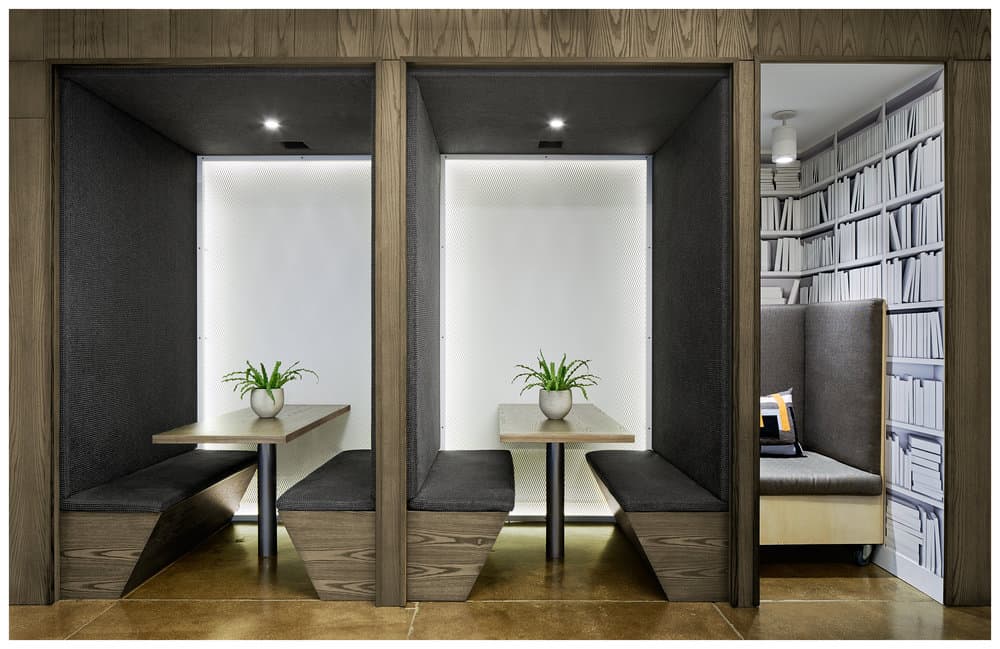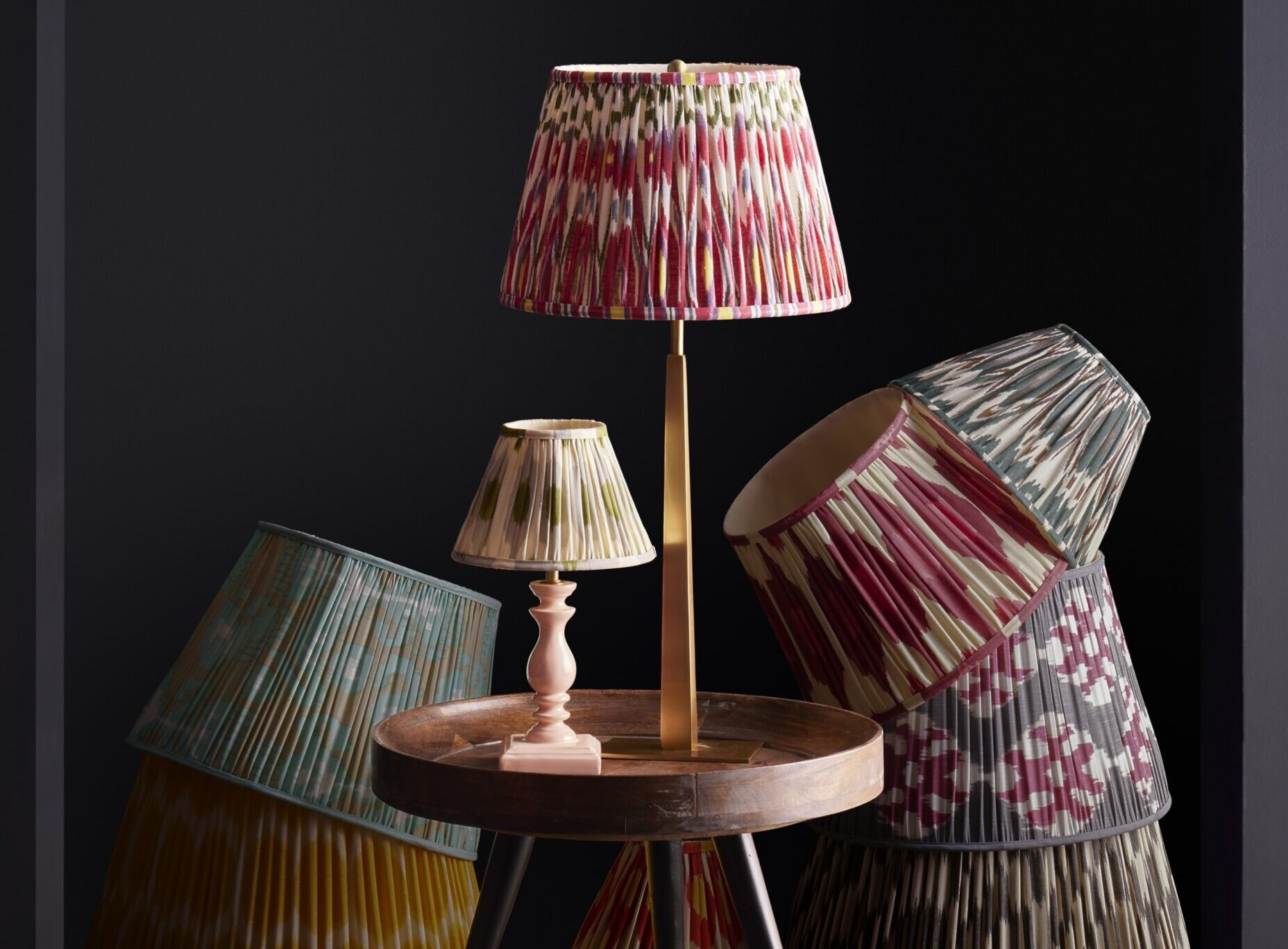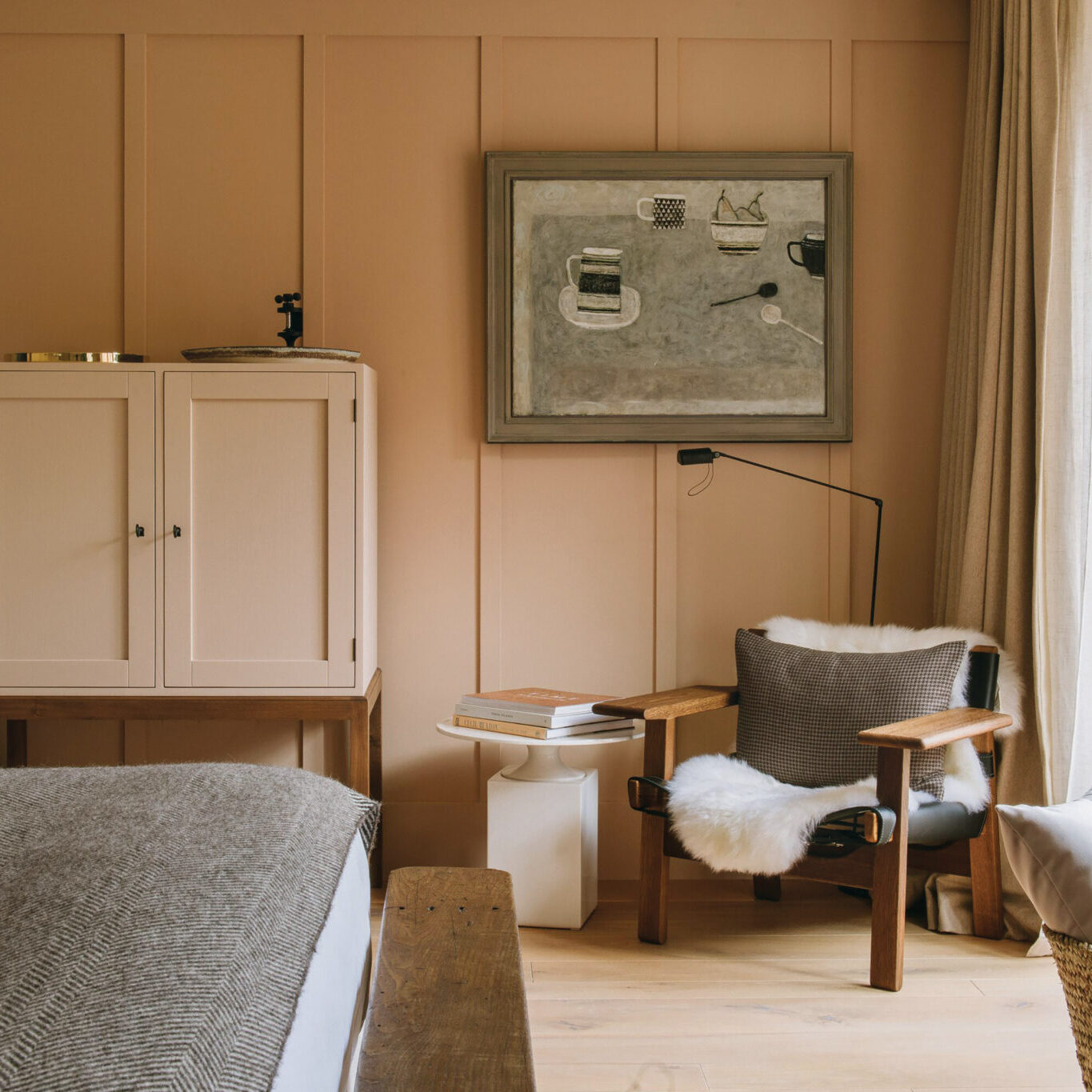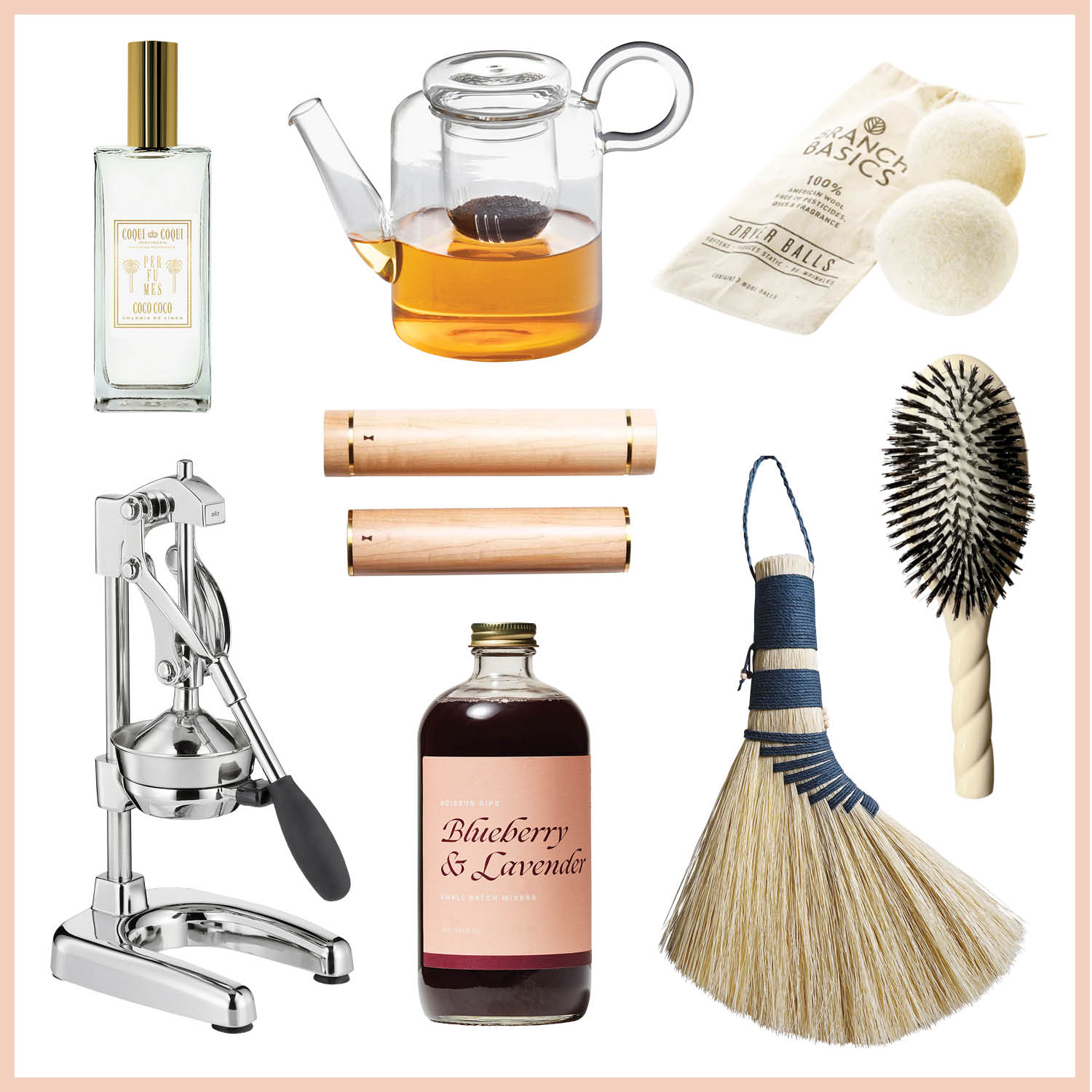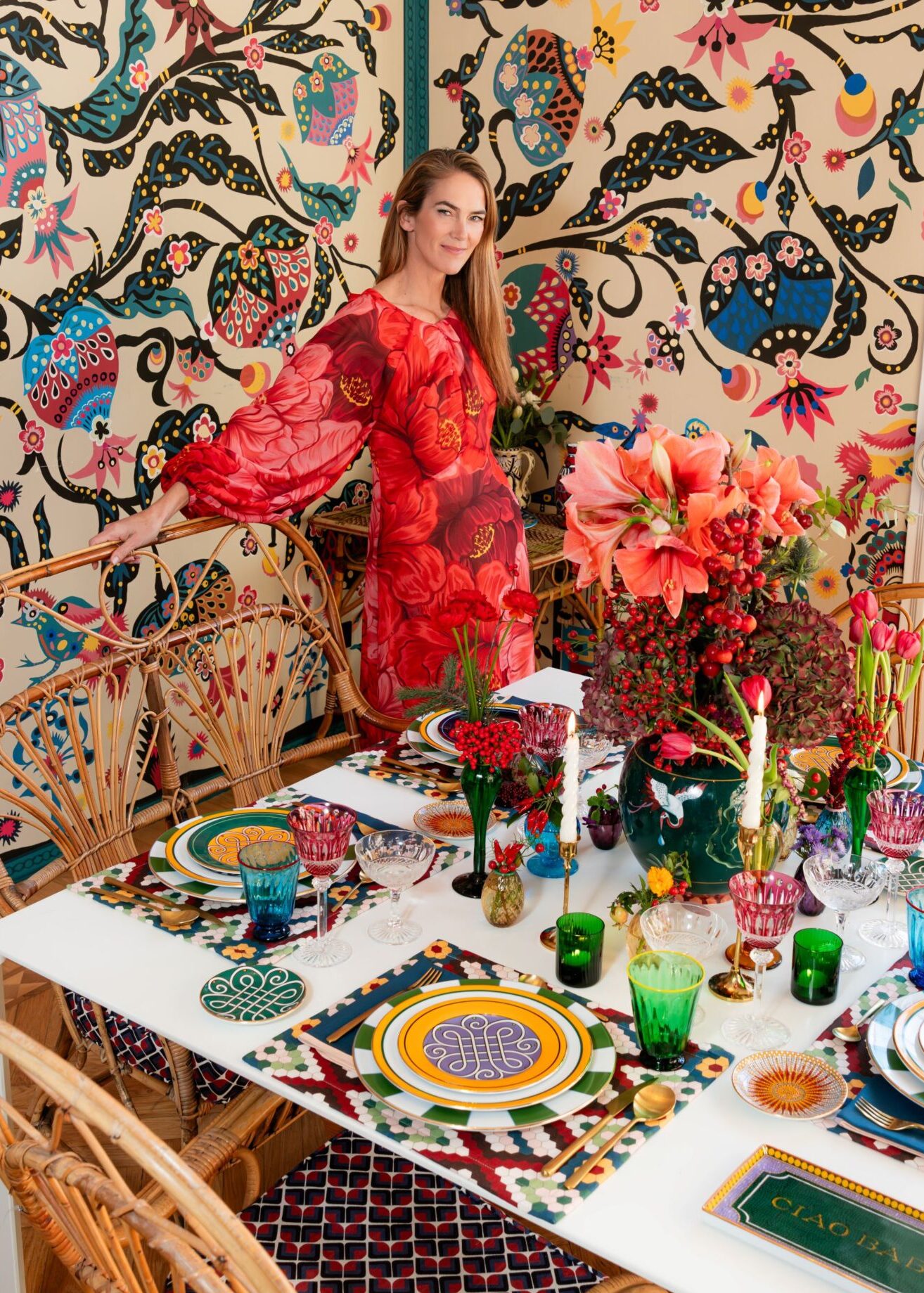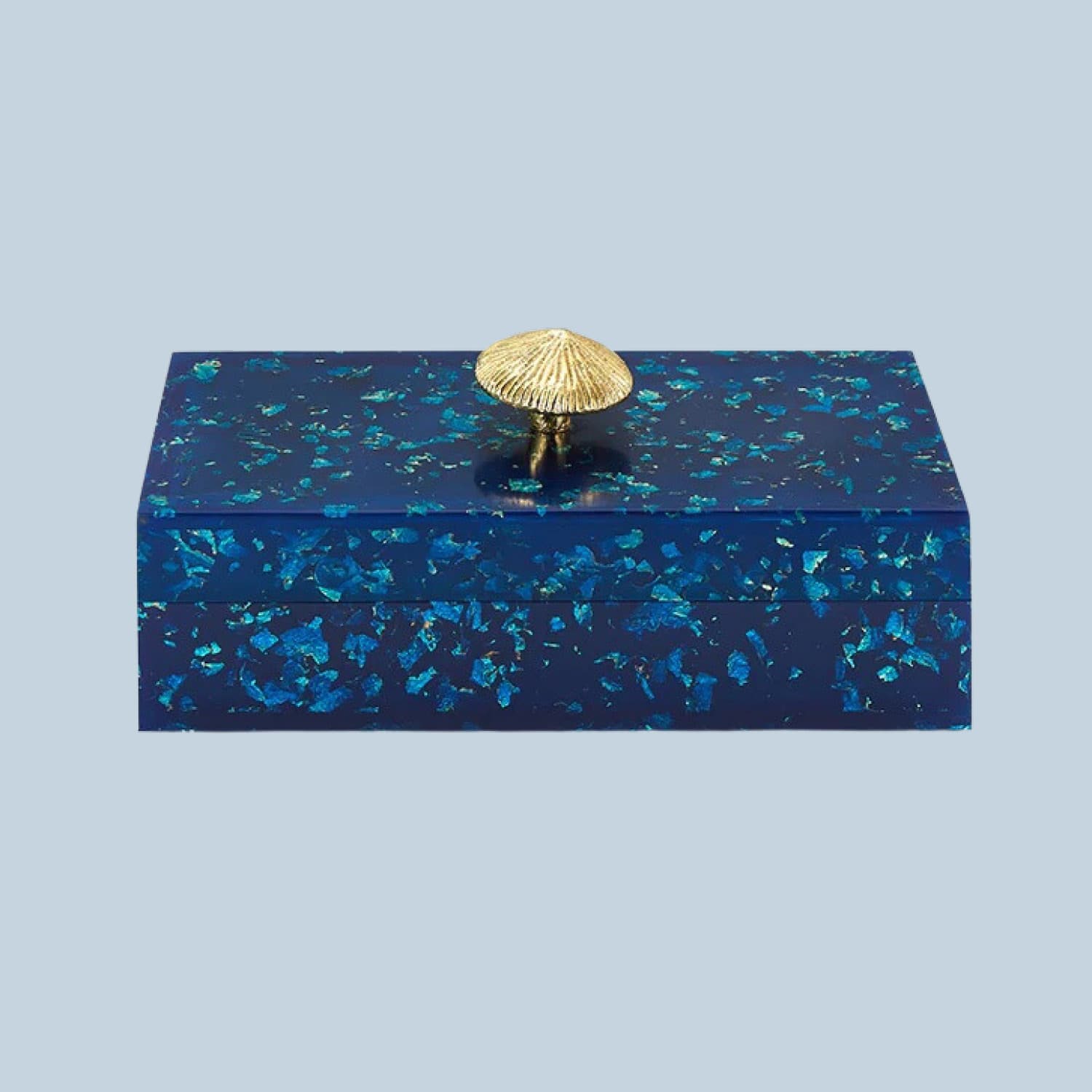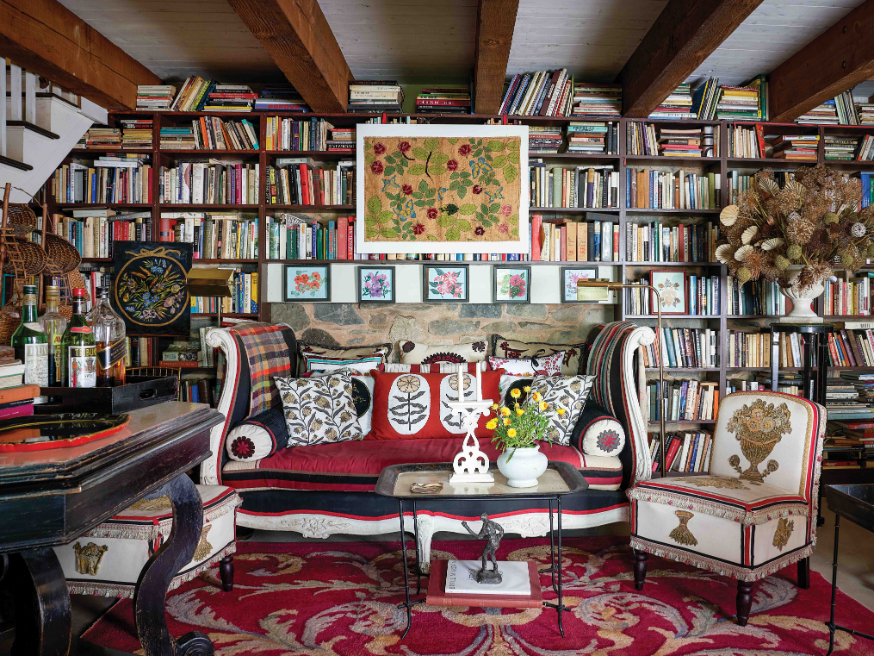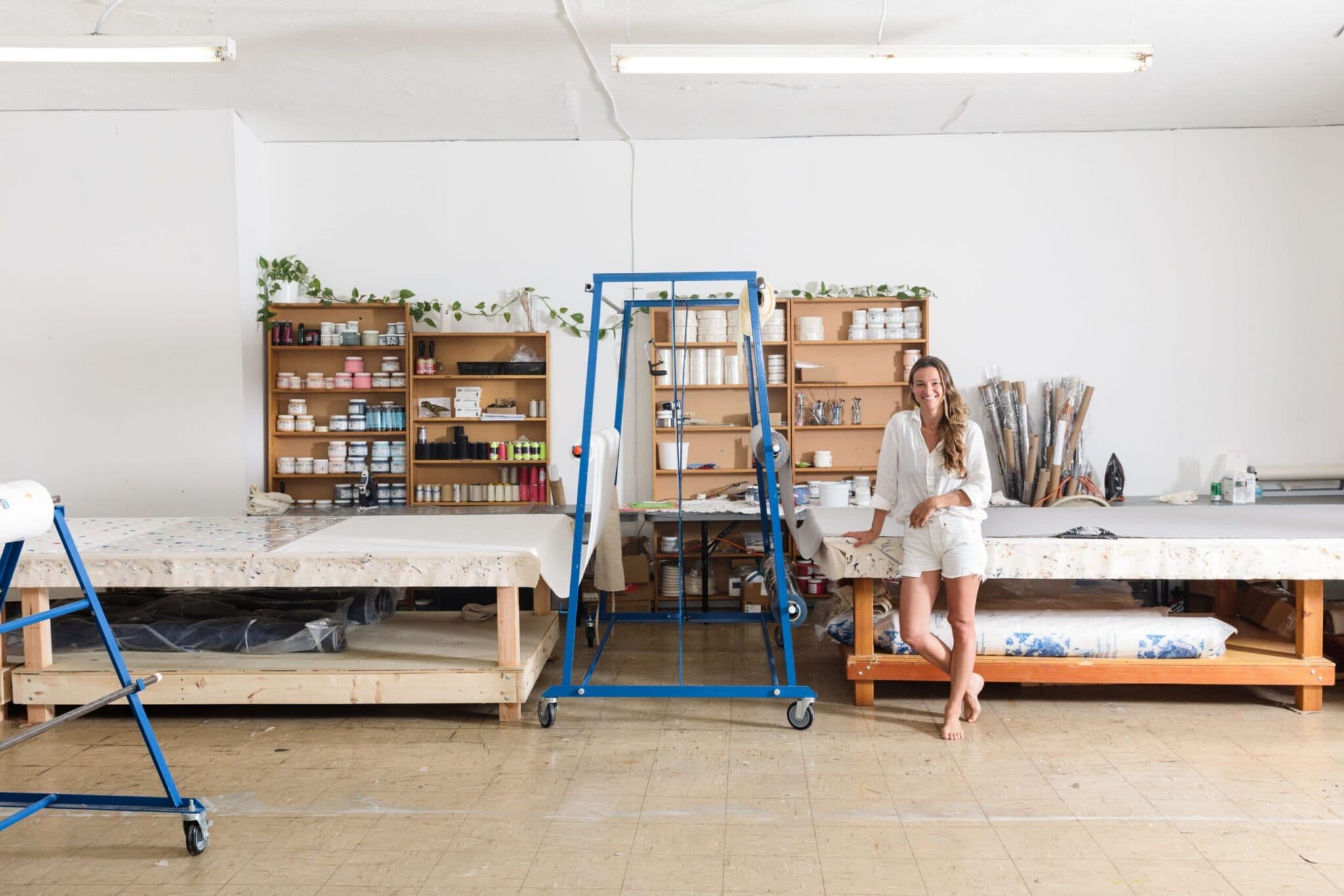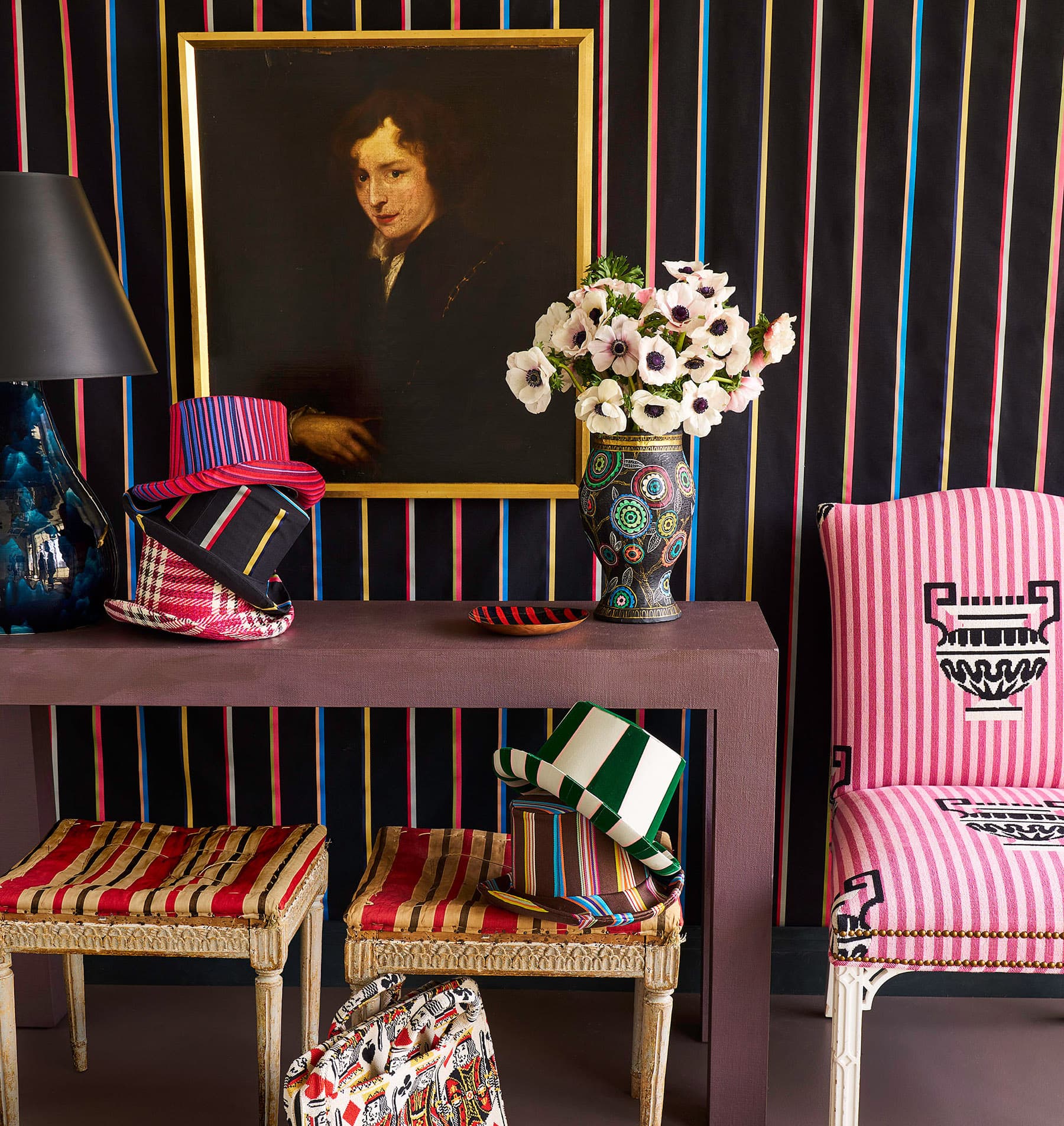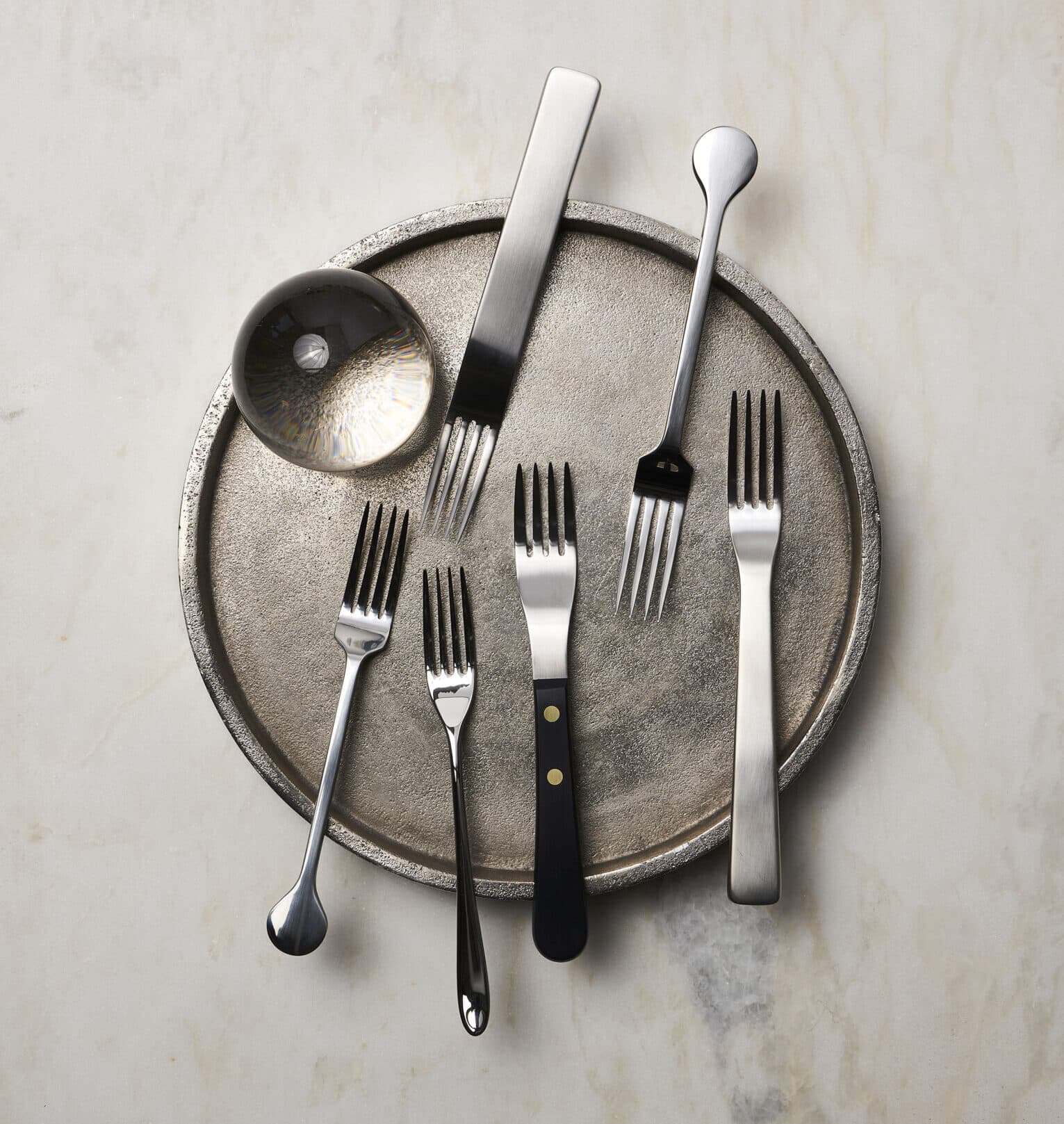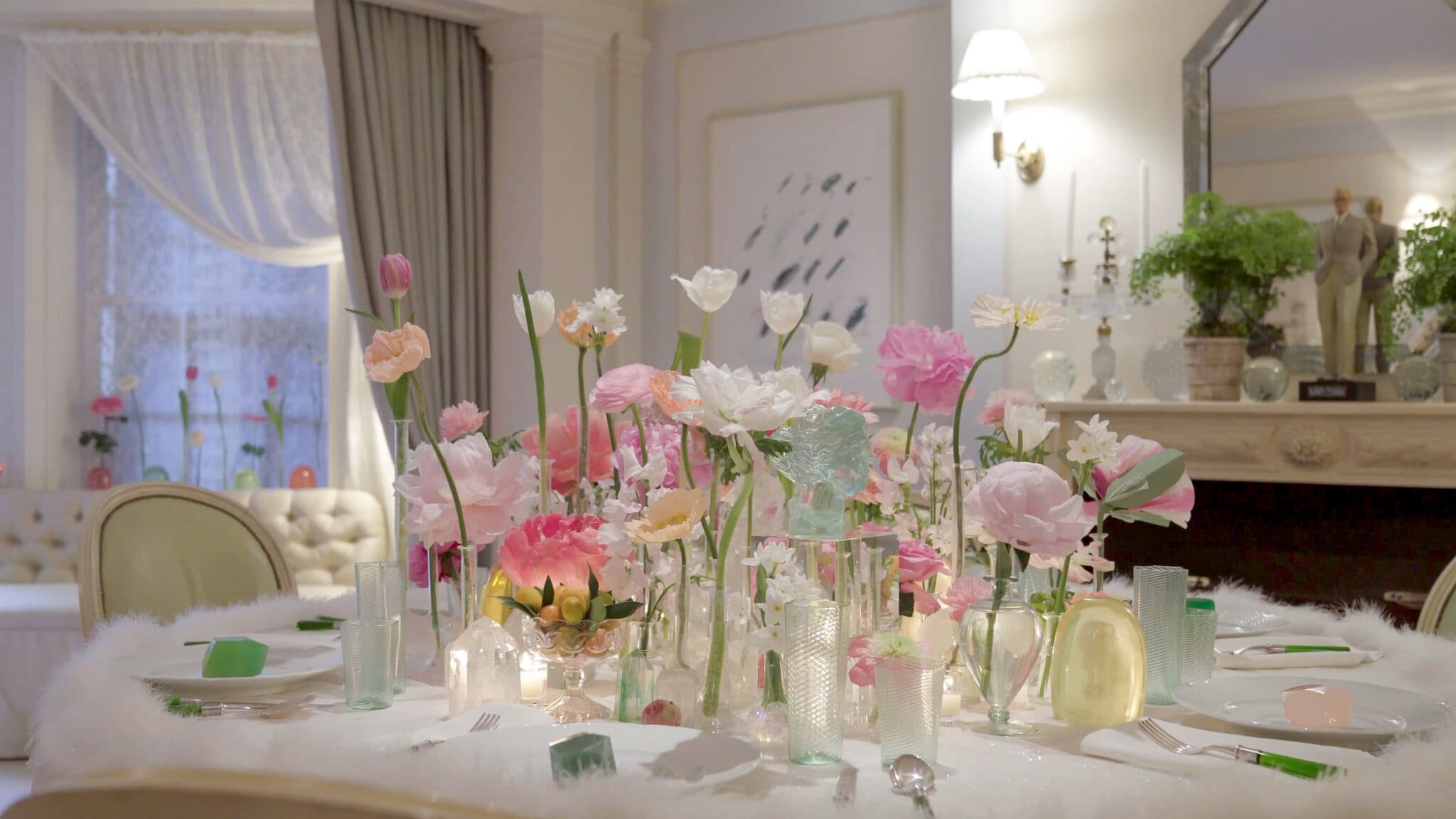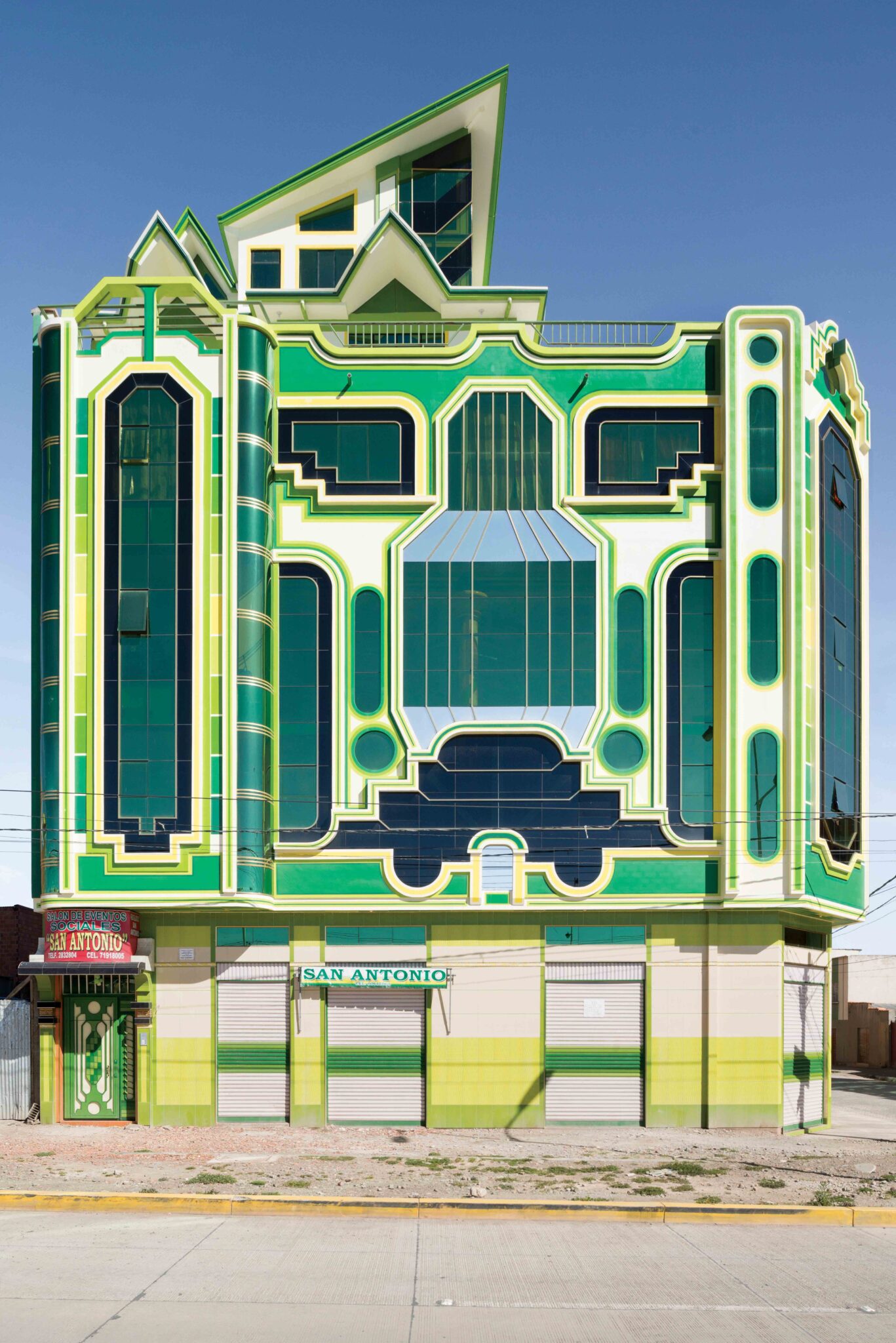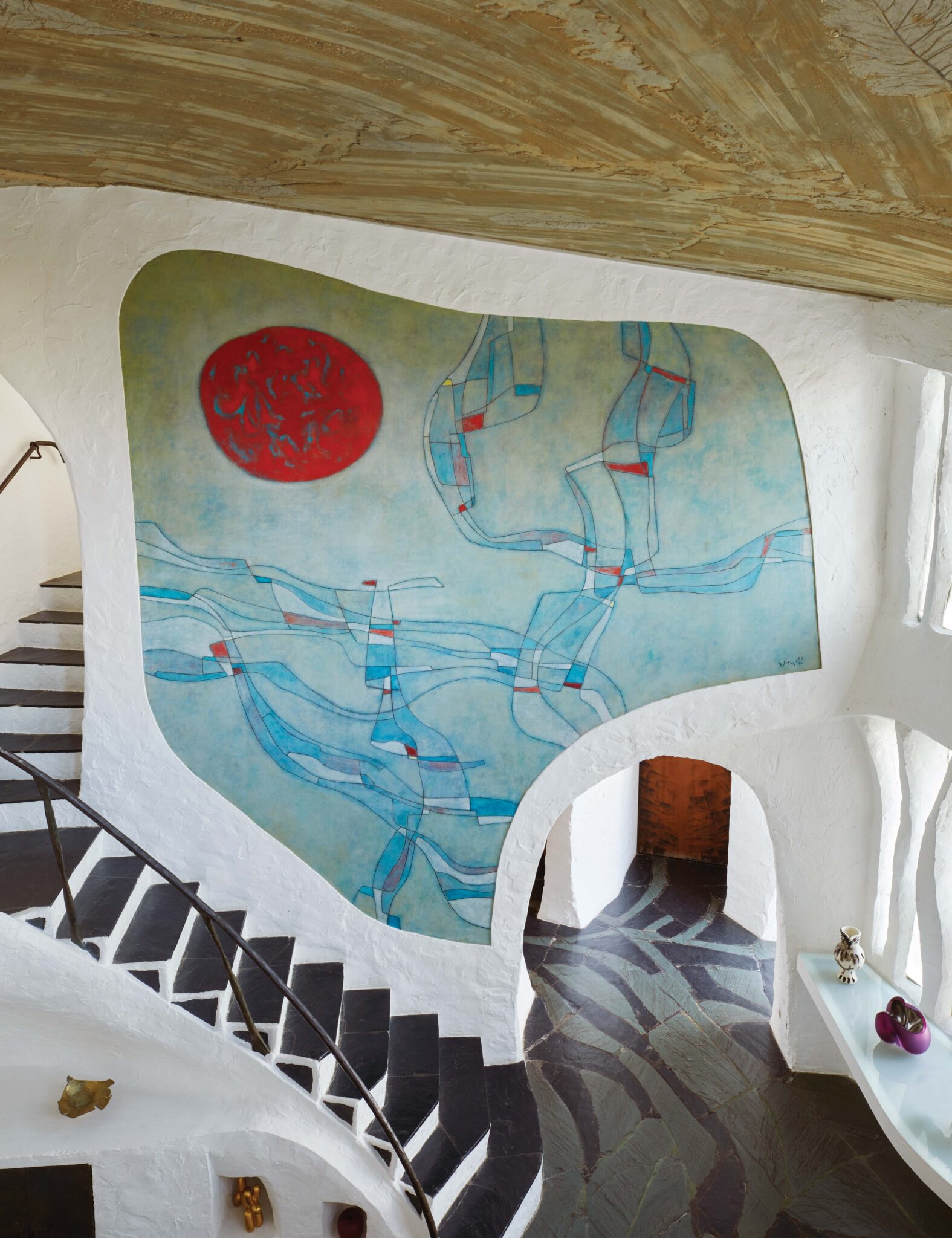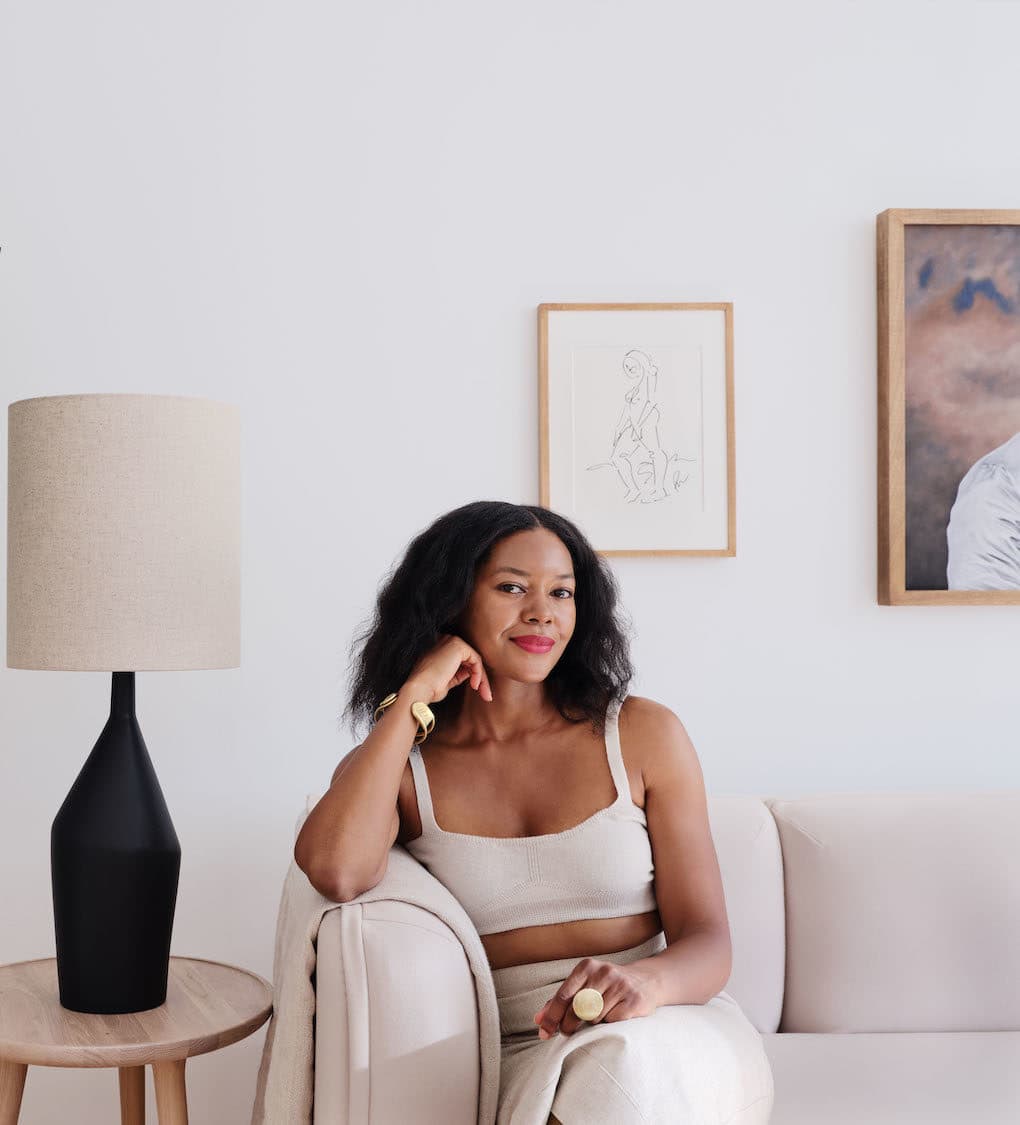
Dani Arps is no stranger to the flexibility required during tough times. Graduating from Pratt during the Great Recession with a masters in interior design, she began her career and was immediately “forced to become a little bit more headstrong and savvy in how I got jobs.” Her first client came from a place characteristic of the aughts—Craigslist. It just so happened to be a start-up.
Fast forward over a decade and Arps has gone on to make a name for herself as one of the interior designers in the start-up world. She has created spaces for Day One Agency, SeatGeek, and Daily Harvest, among many others, and has become known for blending the unique DNA of her clients’ brands and company culture with those coveted touches that imbue modern workplaces with all the comforts of a family living room.
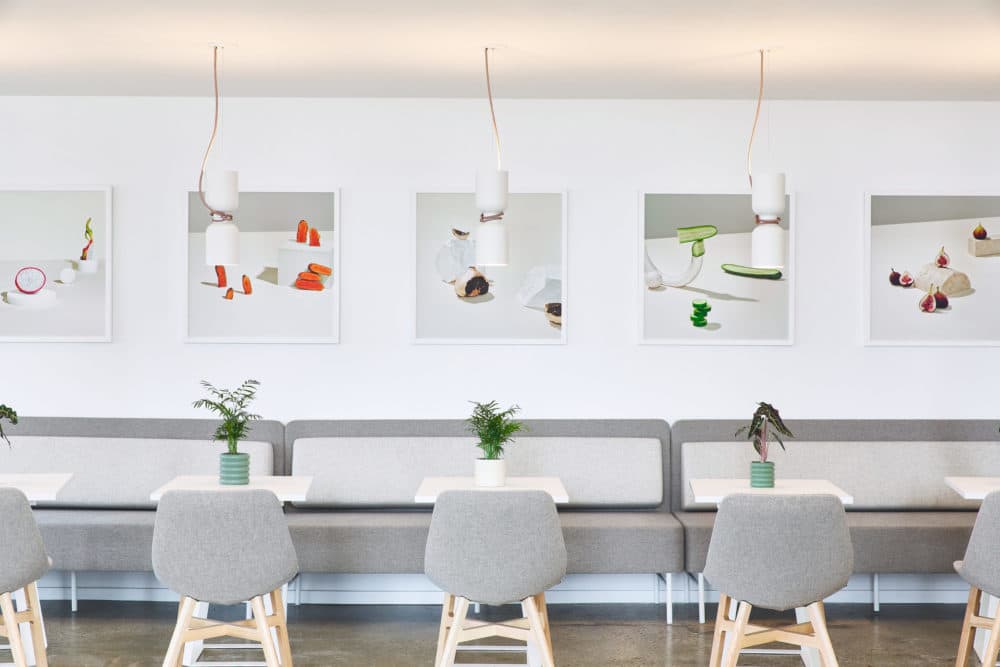
“I really enjoyed working with startups because they’re so much more free, in terms of aesthetics and design. It was very much up to me how I wanted the space to look. And it was just fun,” Arps says.
While no two projects are alike, just as no two brands are the same, there is one design principle that she tries to carry through all of her projects. “I love using natural materials. And I like materials and finishes to kind of look like what they are. Wood should look like wood—I’m not a fan of lacquered things. Metal should look like metal, and I like raw finishes over something that’s super polished.”
Before the pandemic began, Arps had planned for a slower 2020 so that she could focus on relaunching her interior design firm with a new business partner and developing a custom furniture line. While her business plans may have been fortuitous, one aspect of her job over the past year has been busier than she ever could have imagined: the flurry of calls requesting her help designing the perfect at-home Zoom backdrop.
Whether you’re trying to create a workspace that will bring the focus and inspiration of the office into your home or you want to spruce up the background you are now broadcasting to the world, here are five design tips from Arps on how to create the ideal home office.
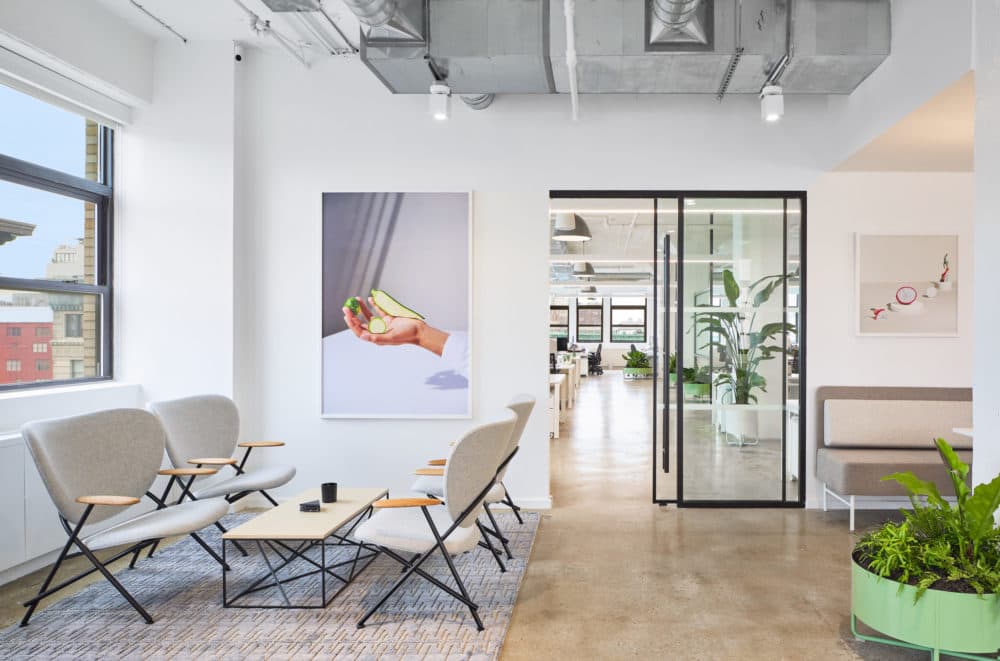
There’s a Reason “Form Follows Function” Is a Key Design Principle
You may be one of the lucky people who has a dedicated at-home office; or you may be one who’s had to stake a claim to the end of the dining room table. Either way, creating a beautiful at-home office space that works for you is possible. There are just a few things to keep in mind. Your work area “should be beautiful, it should be aesthetically pleasing, and it should be cohesive with the rest of your space,” Arps says. “But the function is just as important.” Don’t sacrifice comfort, purpose, and ergonomics when it comes to office staples like your chair and your work surface. Choose pieces that are aesthetically beautiful, but that also serve their function and make it “clear that [the area] is a workspace when you’re using it.”
Choose a Color That’s Just Right
Unless your space is filled with light—think walls and walls of windows—avoid painting or decorating your space with dark colors. You also want to avoid vivid bright colors like vibrant pinks or neon yellows that can be both a distraction and hard on the eyes over time. Instead, Arps says she “like[s] to pull colors from nature, because nature has a beautiful color palette.”
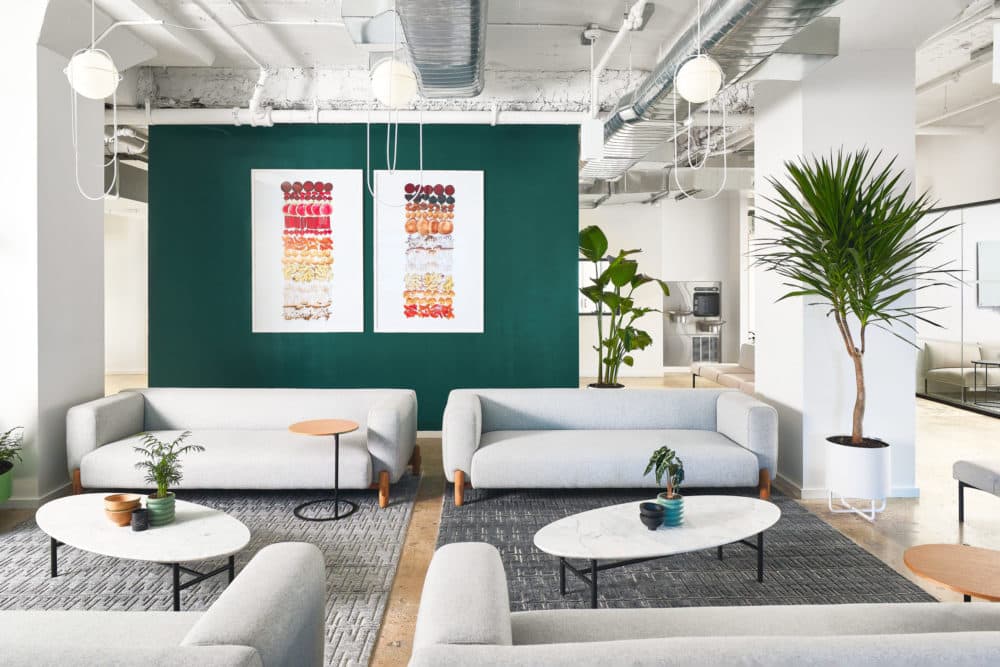
Plants Are Trendy for a Reason
“Plants make everyone happy,” Arps says. Stocking your workspace with green is a good idea for many reasons. “They improve your mood and they clean the air. Finding a beautiful indoor tree and some sort of sculptural looking plant pot can really change everything.”
If your thumb is more brown than green or if your space is low on natural light, Arps recommends trying low-maintenance plants, like Birds of Paradise, ficus trees, or snake plants. But if remembering to water every so often is something that your pandemic brain can’t handle right now, that’s fine, too. Arps says going the fake route is absolutely ok as long as you make sure “they’re good-looking fake ones and not fake-looking fake ones.”
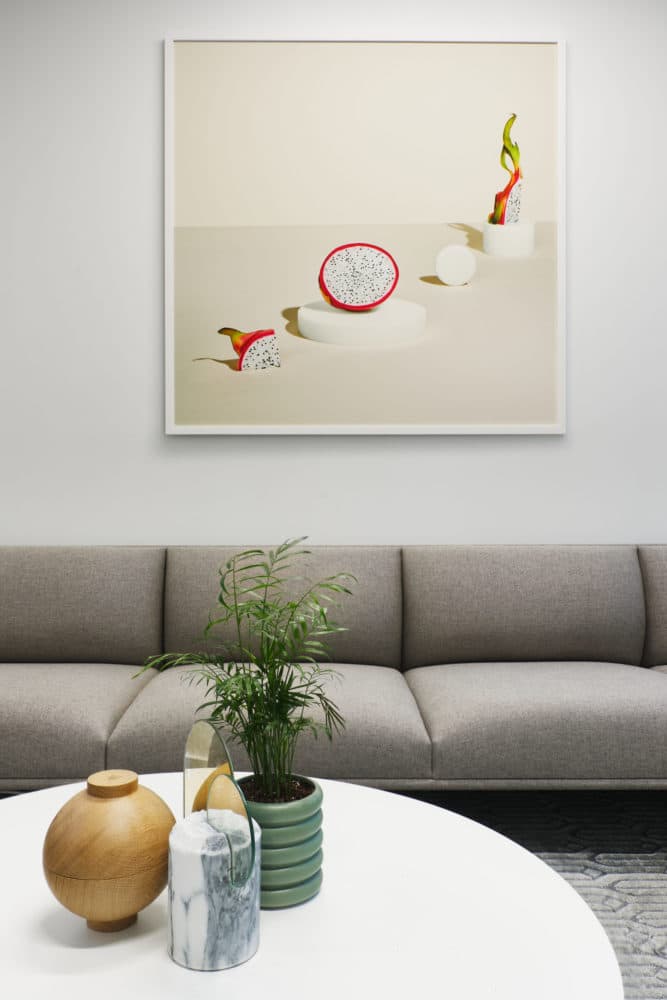
Craft the Perfect Zoom Background
We never could have imagined a year ago that we would be inviting our colleagues into our homes via video conferencing. But Zoom has come to define pandemic life, even for Arps. The key to creating the perfect backdrop, she says, is to choose a neutral space with good lighting. Make sure there aren’t any windows behind you, which will throw a shadow over your face. Artwork and styled bookcases are great for adding some character to a room, but make sure your decor isn’t so busy that it distracts from you during important meetings. Arps says you can downplay a louder piece of art by changing the frame to a soft or warm wood.
Fabric Wall Art Can Double as Soundproofing
If you have a beautiful piece of fabric that isn’t being used, Arps says to think about mounting it on the wall as both a piece of art and a way to soundproof your room. For those with the crafting gene, Arps suggests upholstering a piece of canvas in your fabric of choice, add a one- to two-inch backing behind it to increase the sound absorption, and mount it on the wall. (You can also outsource this project to an upholsterer.) Your new textile art piece will “help the sound quality of your Zoom calls [and] it’s also a custom thing that you can do that’s not super expensive but would look really stunning behind you.”
